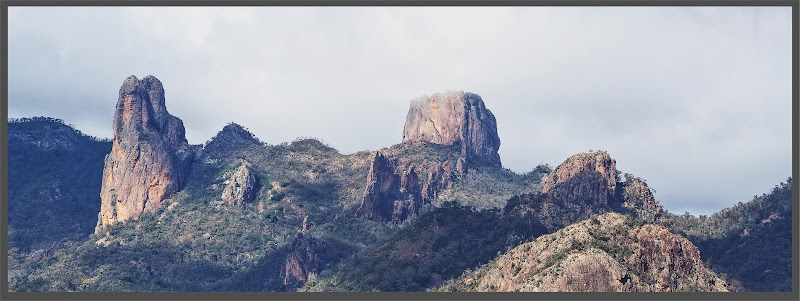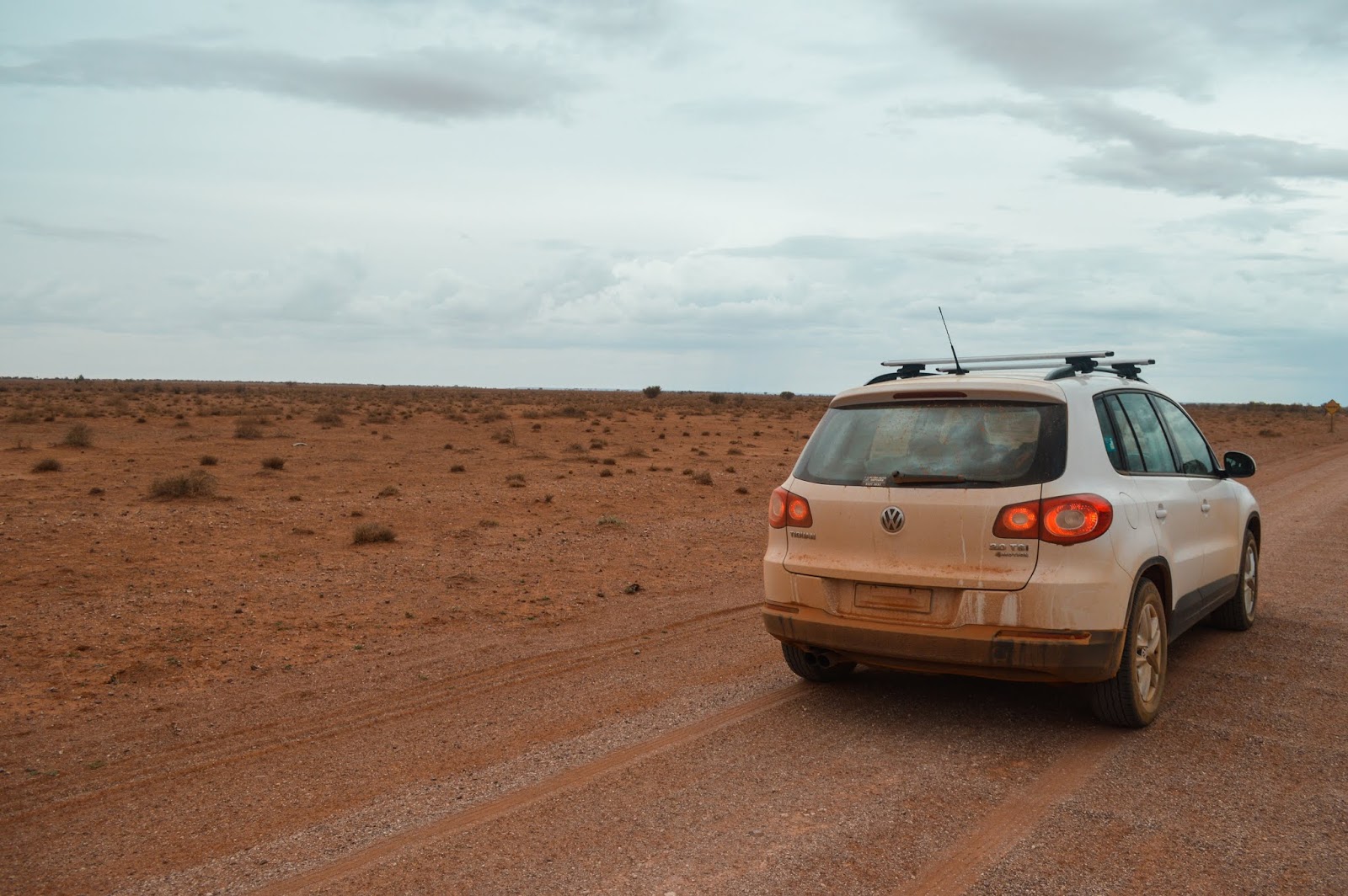We left the smell of forest fire in Garberville and headed
towards MacKerricher State Park. Highway 101 now turns inland so we are using
the Pacific Coastal Road Highway 1 which is narrow and winding but the views
are amazing - California’s coastline is really beautiful. MacKerricher State Park is famous for its whale and seal viewing so we walked a
few miles down the headland keeping our eyes peeled but we were out of luck. The
scenery itself is stunning though, a mix of beach, bluff, headland, dune,
forest and tidepools along the shore.
 |
| MacKerricher State Park |
 |
| MacKerricher State Park - ocean views |
We visited the Cabrillo Lighthouse, an historic light station built in 1909.
The Fresnel Lens light was actually manufactured in the UK and shipped over. We
got chatting to the volunteer lighthouse keeper and it turns out he used to
live in Balham!
 |
| Cabrillo Lighthouse |
We stopped for the night in Fort Bragg, a small coastal town with picturesque views of the ocean. We walked down to "Glass Beach", so called because in the early 20th century, Fort Bragg residents threw their household waste off the cliffs into the sea. Over the next several decades the waves pounded the beach clean breaking down everything apart from the small smooth pieces of coloured glass which now cover the beach instead of sand.
 |
| Fort Bragg |
 |
| Sunset over the sea |
 |
| Glass Beach |
 |
| Happy Road-Trippers |
The following morning we
left Fort Bragg and headed to Russian Gulch State Park which features approximately
2.3km of rocky ocean shores and the headlands are covered in wildflowers. The
park has a collapsed sea cave/sink hole that formed when pounding waves forged
an island tunnel and carved a hole 30m wide and 18m deep into the headland. We
got there at high tide and the waves were crashing around the cave’s interior
producing a loud echo. On the coastline a “blow hole” has also formed where the
waves surge into a 60m tunnel carved into the cliff face which forces all the
air out of the hole, like a geyser.
 |
| Russian Gulch State Park |
 |
| Sea Cave |
 |
| Blow Hole |
 |
| California Coast |
We stopped at Manchester State Beach for lunch and watched
the surfers before heading to Point Arena Lighthouse. Built in 1870 the
lighthouse is the closest point of land in the US to the Hawaiian Islands. Just
south of the lighthouse is a State Marine Conservation Area known as Sea Lion
Cove. We saw dozens of the ginormous creatures basking in the sun with their pups.
We also saw a pod of harbour porpoises jumping further out at sea. We stopped
for the night in the tiny (population 500) but beautiful coastal town of Gualala.
The name comes from a Native American phrase which means “where the water flows
down” as the river goes out to the ocean right across from the centre of town.
 |
| Point Arena Lighthouse |
 |
| Sea Lions! |
The early morning California beach fog and drizzle was back the next day, so after a lazy breakfast in Gualala we drove to Bodega Bay, a shallow rocky inlet of the Pacific Ocean which is famous for shellfish (mostly oyster) harvesting. We hiked around the headland for a few hours and saw some more porpoises and seals fishing close to shore.
 |
| Bodega Bay Headland |
We then drove further South to Point Reyes National Seashore.
The Point Reyes Peninsula is separated from the mainland by a narrow linear
valley which lies directly on the San Andreas Fault. We walked down the
Limantour Beach for a couple of miles. Limantour is a long narrow spit of sand
between the ocean (Drake’s Bay) and an estuary and it is renowned for its
wildlife, particularly the birds and Elephant Seals. Amazingly there were still signs telling people to be aware
of debris from the Boxing Day Tsunami 2004. Despite it being warm, the
California coast fog was back as well as a strong wind so the sea was quite
rough and we were the only ones on the beach.
Further down the shore we encountered a dead seal which had several
Turkey Vultures feasting on it. It had clearly been there for a while but was
still sad to see. Because Limantour is in a sheltered cove the Elephant Seals
come there to breed and moult. When moulting the seal is susceptible to the
cold and so must rest on land. Young males do this in late June/July so it
looks like this guy just never made it back into the ocean. The sand was also
littered with hundreds of little blue jellyfish – we didn’t know if they would
sting or not but avoided them all the same!
 |
| Blue jellies |
 |
| Poor dead seal |
 |
| Windy Limantour |
Total distance: 1850 miles



















Comments
Post a Comment